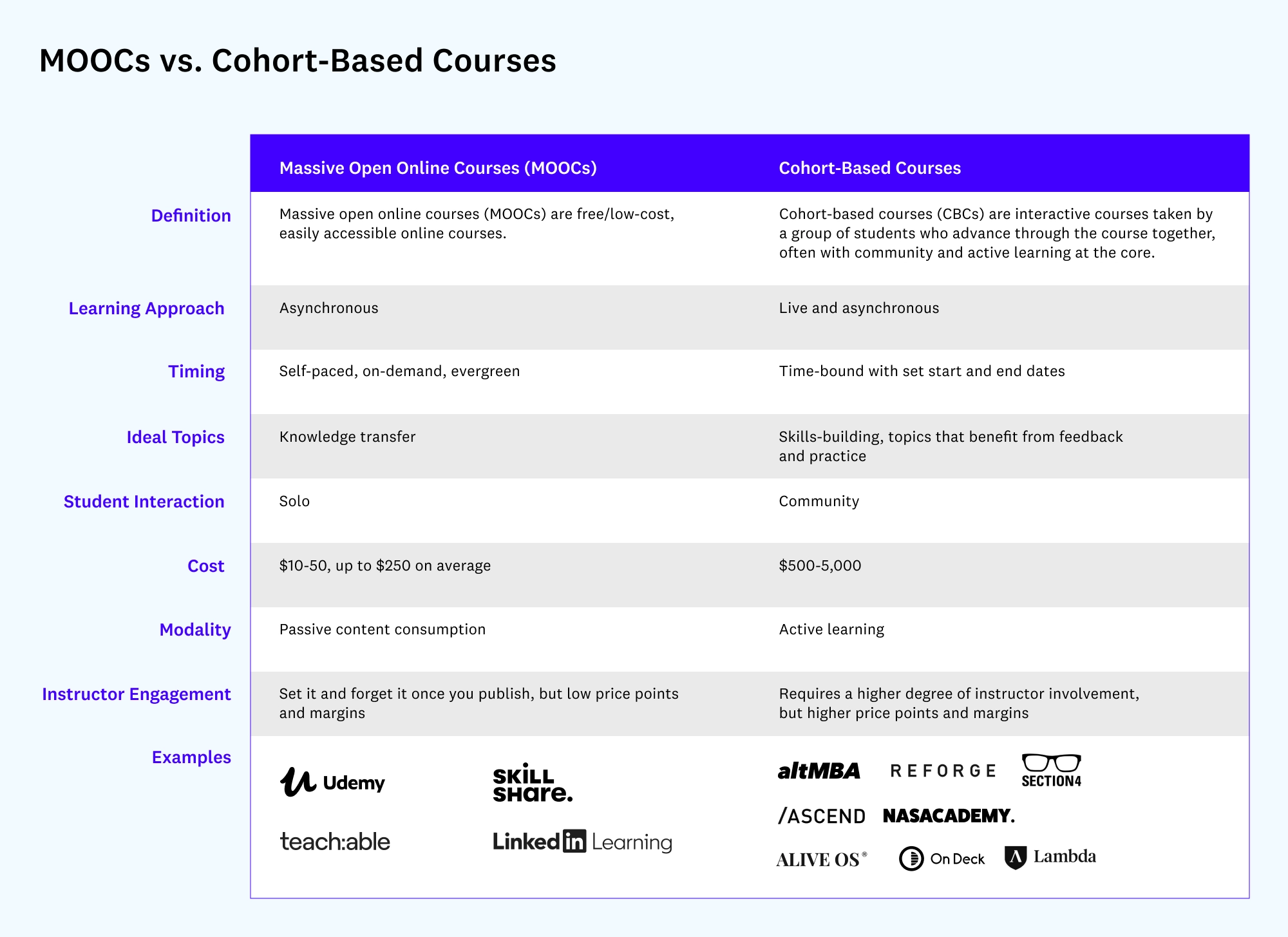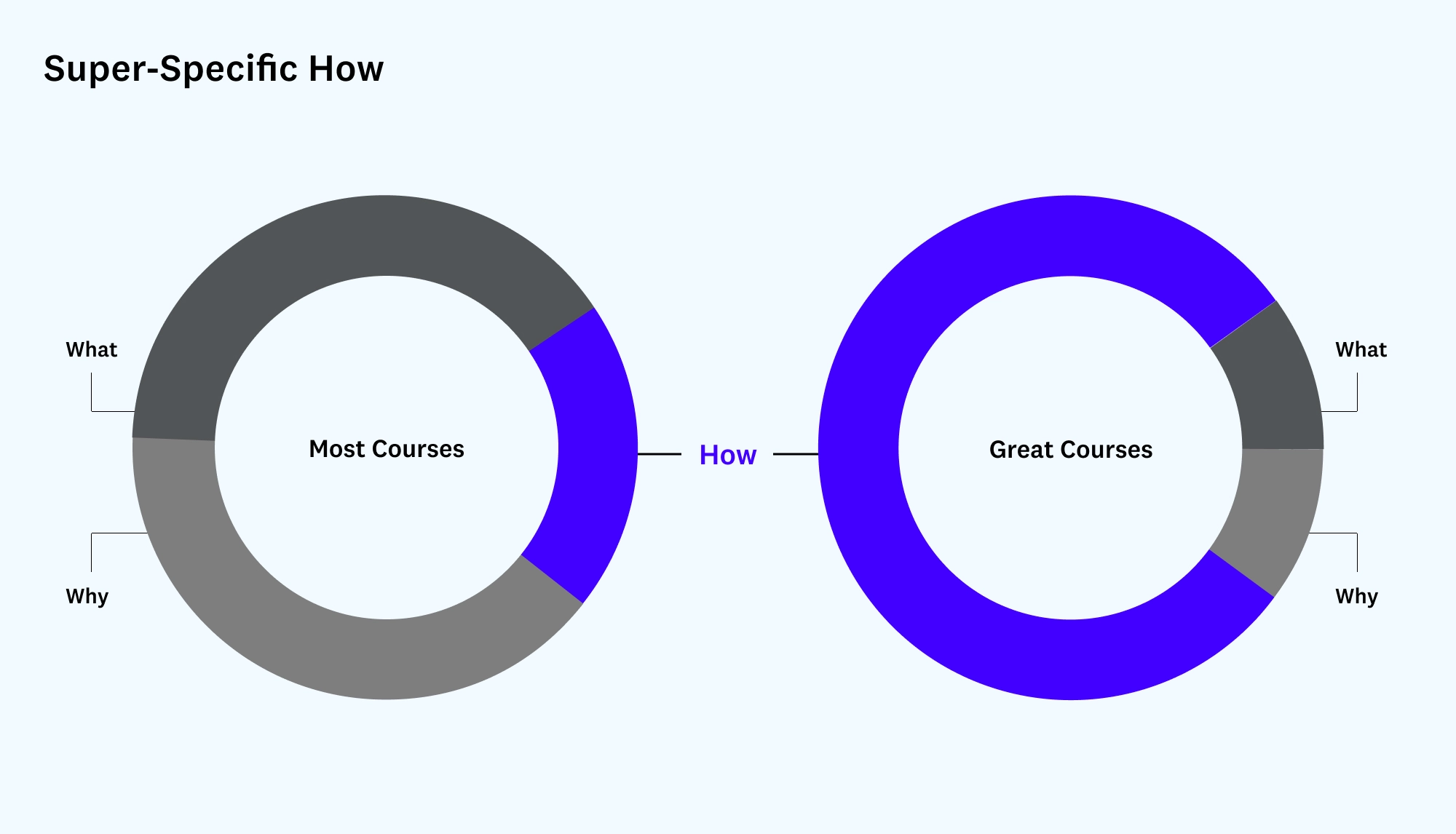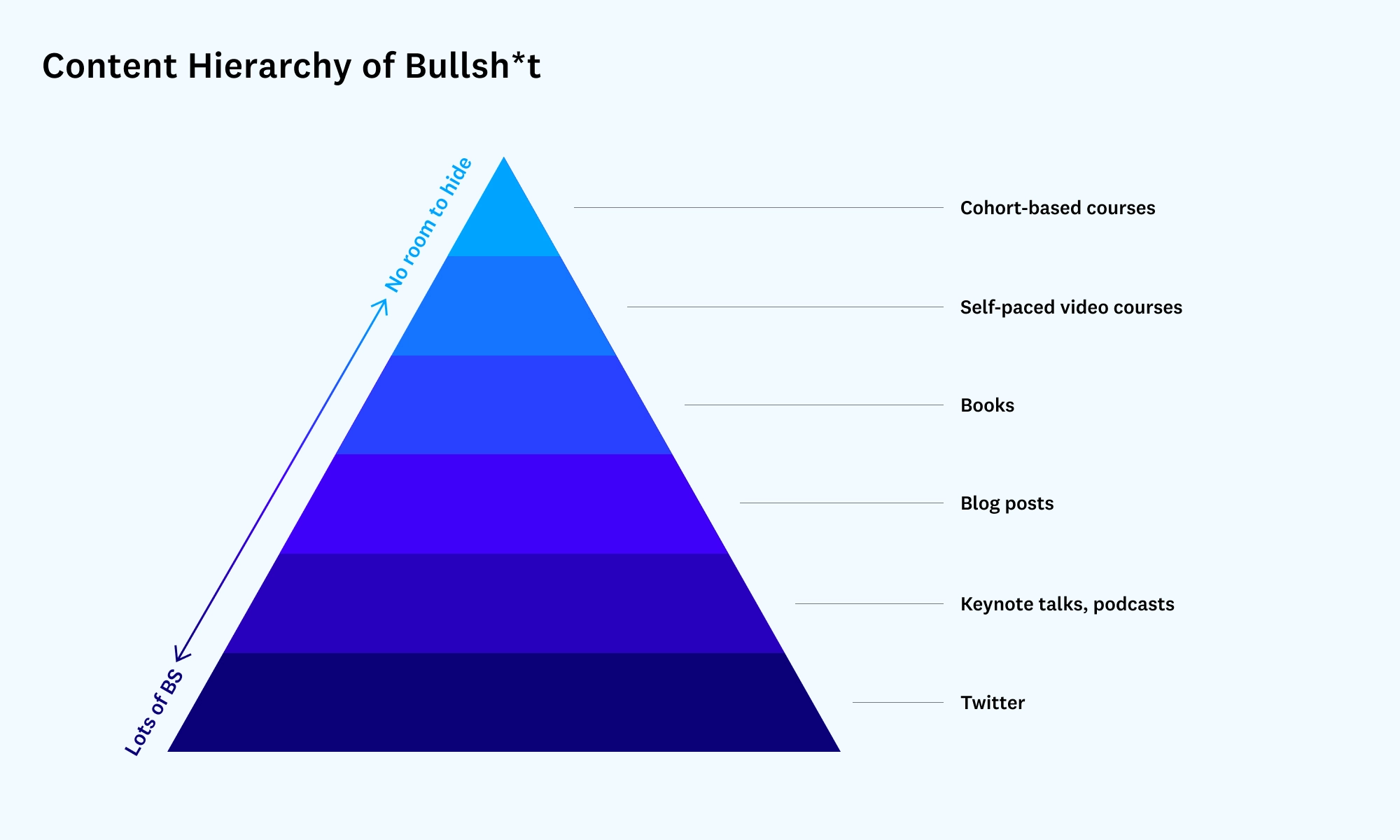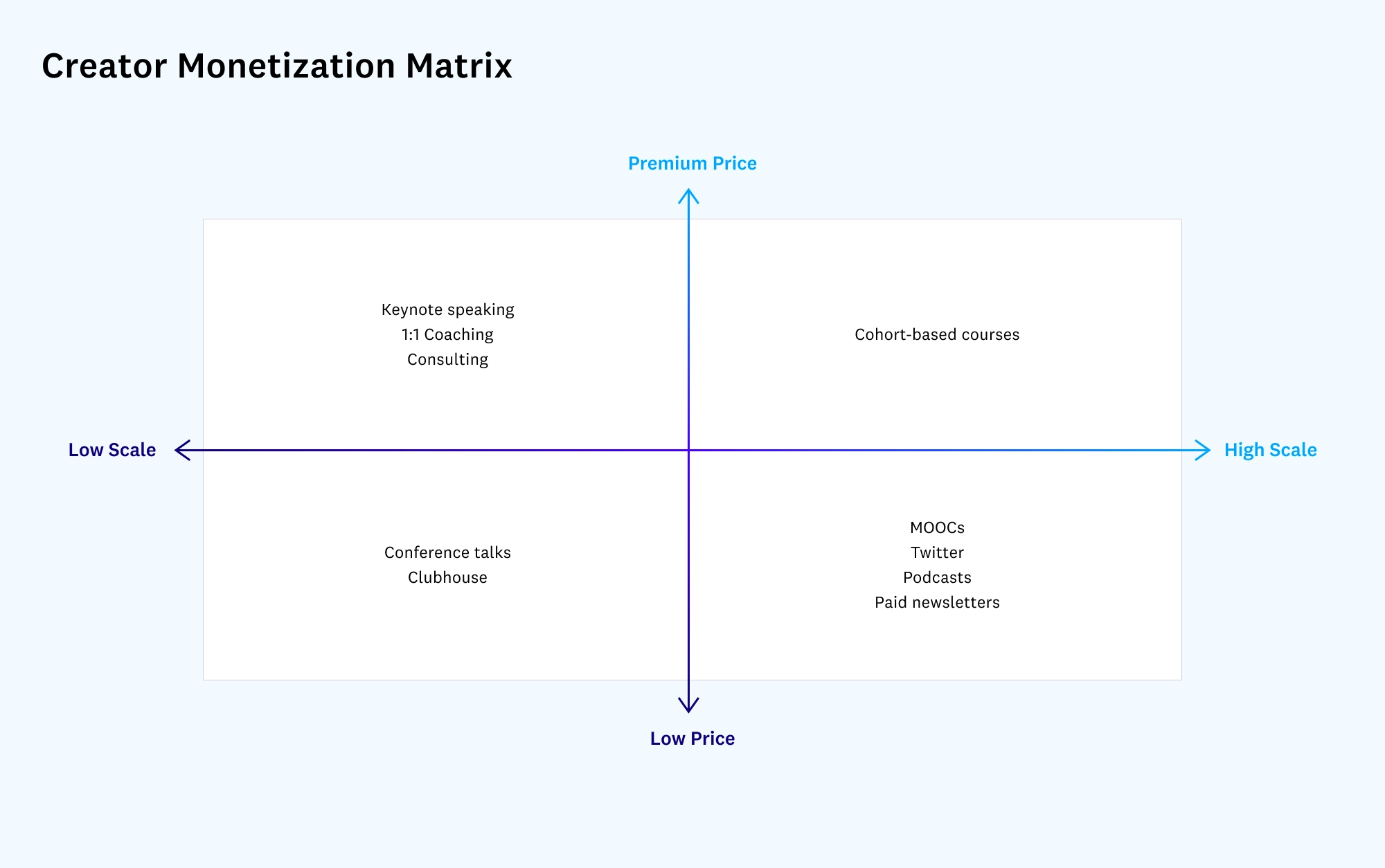In Online Ed Content Is No Longer King - Cohorts Are - Literature Notes
See Sources/In Online Ed Content Is No Longer King - Cohorts Are - Essay #literaturenotes
# Notes
- We are currently in a ==post-content age==.
- In the past, educational content was scarce. This was a USP of universities & accelerators.
- Now, content is cheap and abundant (i.e. Youtube, newsletters, blogs, social media).
- Tons of alternative education programs (e.g. accelerators, incubators, low-cost/free online courses) have also emerged.
- Because of this abundance, it’s been difficult for instructors to make a living from their expertise.
- On the other hand, most learners are worse off for all this abundance, because ==Cards/More access does not translate to more engagement==.
- Self-directed programs (i.e. workout programs, diet plans, online courses) rely on ==learners’ willpower & motivation== to stick through a course. This doesn’t always work out; in fact, MOOC completion rate is just 3 to 6 percent. Cards/Willpower and motivation is finite
- Difference between cohort-based courses and MOOCs:
- engaging and real-time v.s. just self-paced
- fixed start and end date
- community-driven, active learning v.s. solo, passive consumption
- social contract = cohort
- engaging and real-time v.s. just self-paced
# MOOCs v.s. CBCs: The shift from content to communities
- MOOCs may provide more access to creators and learners, but they don’t help with ==student transformation.==
- Why was this pledge naive?
- MOOCs are asynchronous and self-paced.
- MOOCs’ low (or no) cost colors the perception of quality.
- MOOCs convey “knowledge transfer,” but not necessarily higher-order skills.
- Cards/Higher-order skills: those that require analysis, evaluation, synthesis, judgement, and creativity
- E.G. Learning how to use Excel v.s. learning how to segmnt data strategicially to look for patterns and arrive at a recommendation
- Summary:
- Dominant learning modality for MOOC platforms: passive content consumption
- no interaction
- no real community
- no time constraint
- Result: tiny percentage of learners who follow through
- Dominant learning modality for MOOC platforms: passive content consumption
# The case for cohort-based courses

# CBCs focus on active, hands-on learning
- While this format takes more effort + is more prone to mistakes, this allows students to learn more
- Versus just listening to a lecture, no matter how much of a star the lecturer is

- CBCs also bring the network beneits of startup accelerators to a wider market
- The value in accelerators isn’t just content; it’s also ==community==
# Live, bi-directional learning leads to more accountability
- Cooperative Learning by Spencer Kagan:
- The single most powerful approach to comprehension and retention is Cards/Interactive processing, which occurs when “students ==engage in interaction with partners or teammates== over the content".
- Why is this approach so powerful?
- Classroom discussions and debates produce new ideas and points of view
- This back-and-forth holds student attention in a way that no lecture can
- Cohort-based courses have more accountability because they’re bi-directional. This indicates:
- Exchange of knowledge between instructor and students
- Students with fellow students
- ==It’s a dialogue, not a static lecture.== See Cards/The State Change Method

- Cards/Interleaving learning: where instructors mix different topics, ideas, and activities together during study, forcing students to intentionally switch between them rather than focusing on a single subject
- This can result in better learning outcomes for students
- E.G. BJJ athletes alternates practice between chokes, locks, escapes, and take-downs
- CBCs are inherently about interleaving; they give students a chance to engage in diferent modalities — breakouts, role-playing, discussions, debates — with the instructor, coaches, and each other.
# Community building improves learning outcomes through social features
- Continuing education and adult learning must be ==compelling and carrot-driven==, not stick-driven
- versus traditional education, which forces students to learn
- CBCs design can also be inspired by institutions outside education, which are “sticky”
- E.G. military, dance-a-thons, Crossfit, cults
- Why would people pay more for a CBC v.s. an MOOC?
- CBCs self-select for learners who are willing to (and can) pay a premium for the ==perceived quality of content and follow-through.==
- Those who need accountability + urgency, which come from time constraints & a peer group
# A new model for creator monetization
- It’s hard for instructors to monetize their expertise, especially if they don’t have existing followings/networks
- Traditional social platforms create a divison between ==activities for monetization and community building.==
- Because of this, most creators give away valuable content, but don’t have enough volume to make a living from advertising alone
- CBCs help creators monetize their expertise directly, and without requiring volume.
- Not just for classic educators, but also “knowledge” influencers

- New quadrant of creator monetization:
- Instructors can make a healthy amount of money
- Creators get more leverage with a productized offering
- Consumers get more payoff, creators get higher monetization potential and scalability